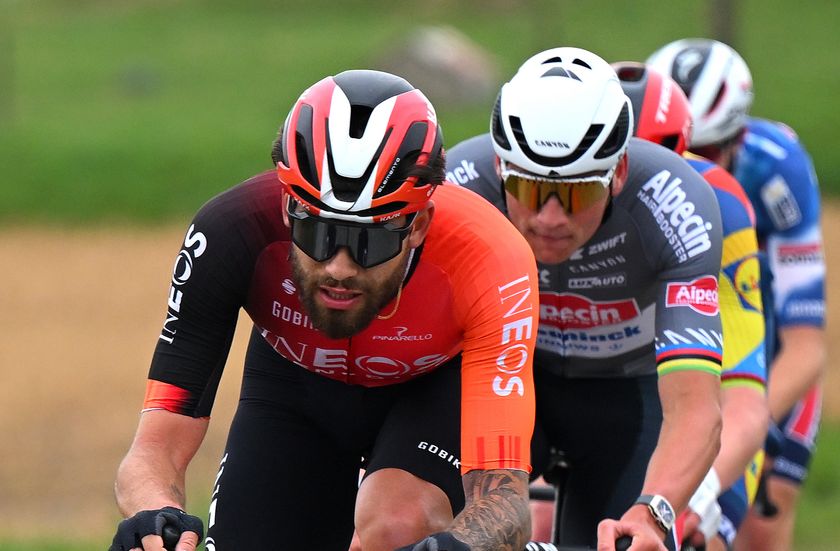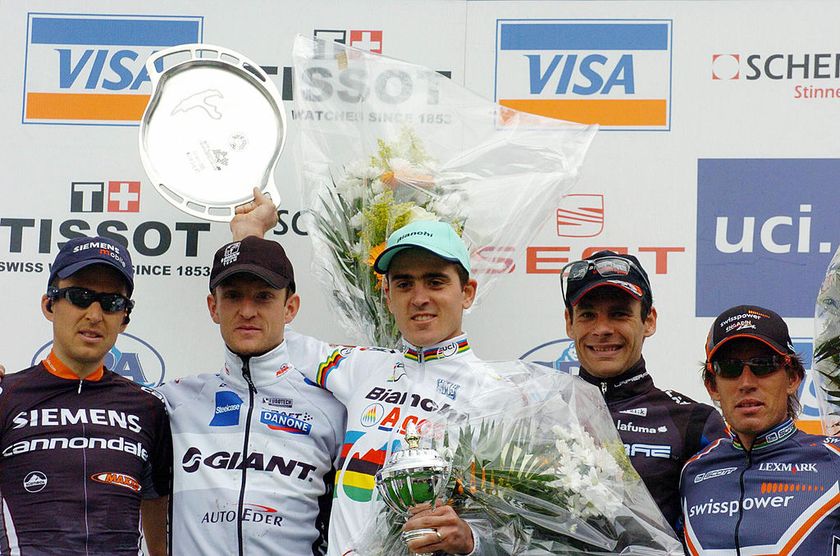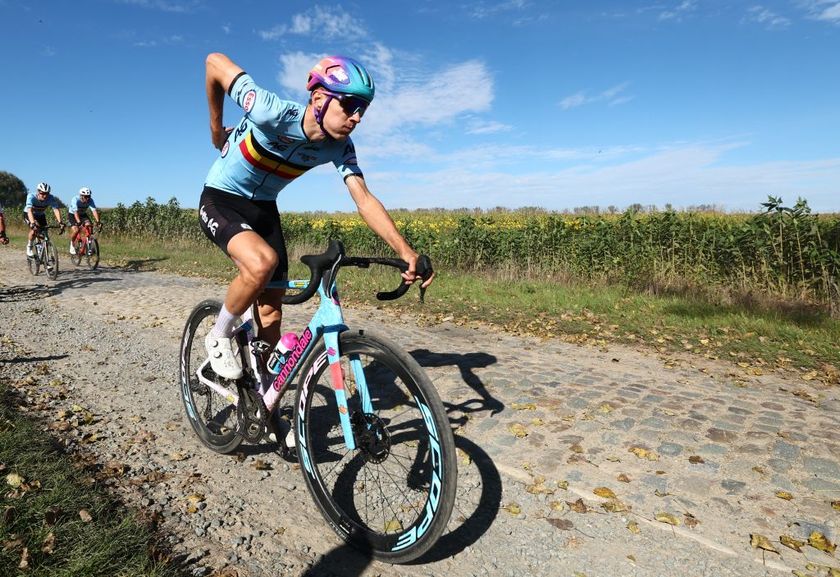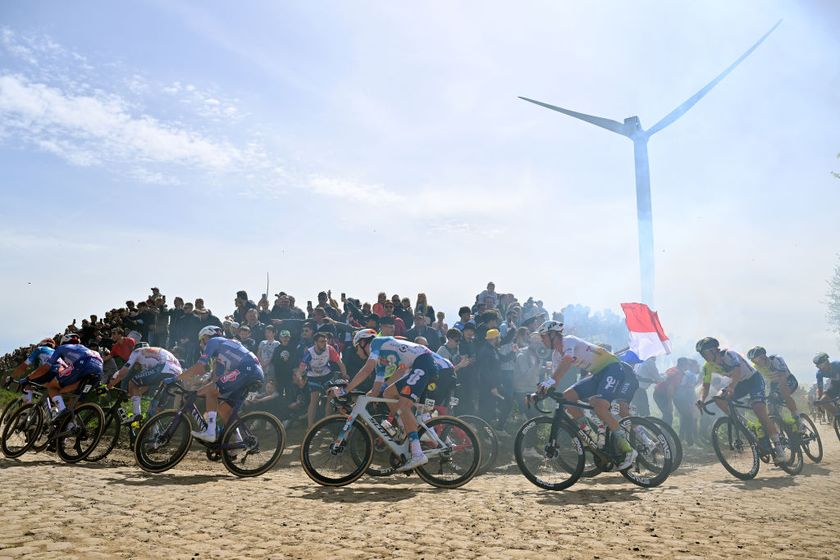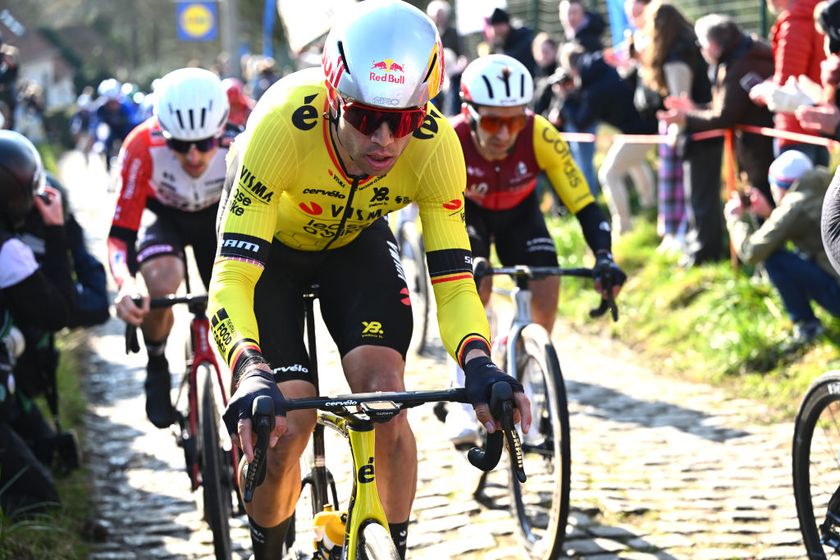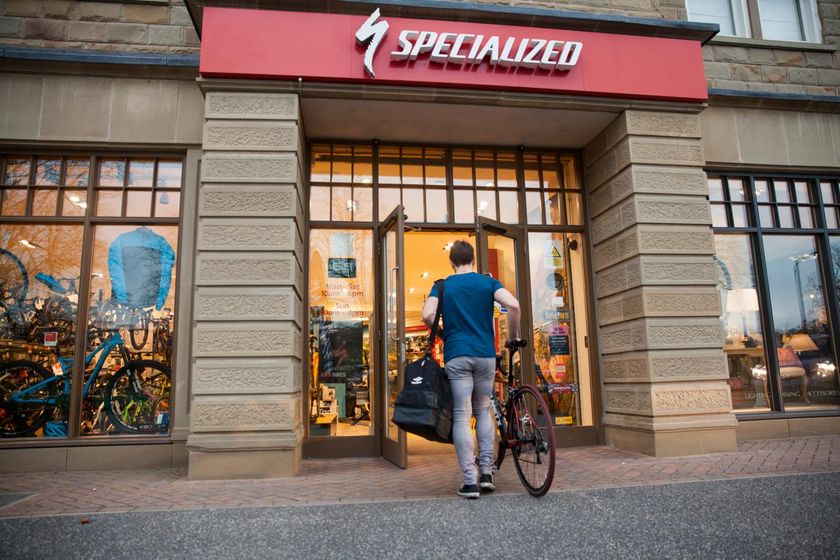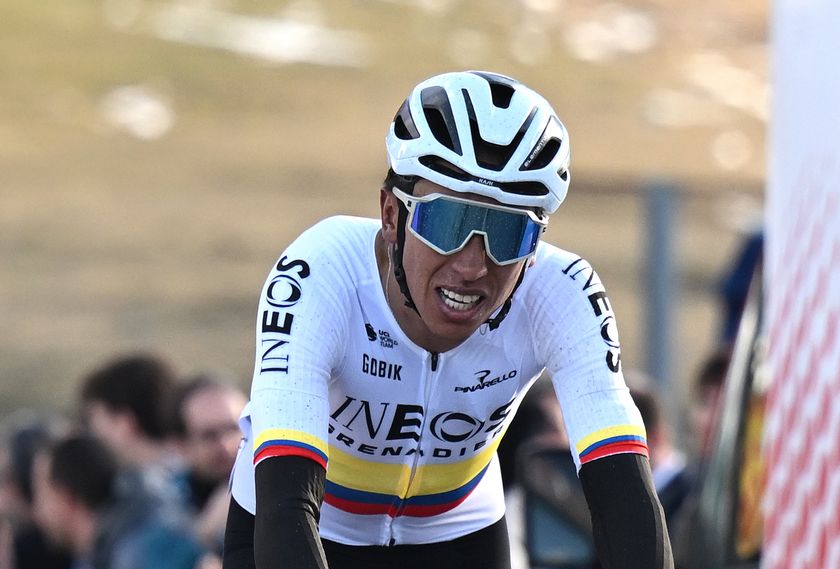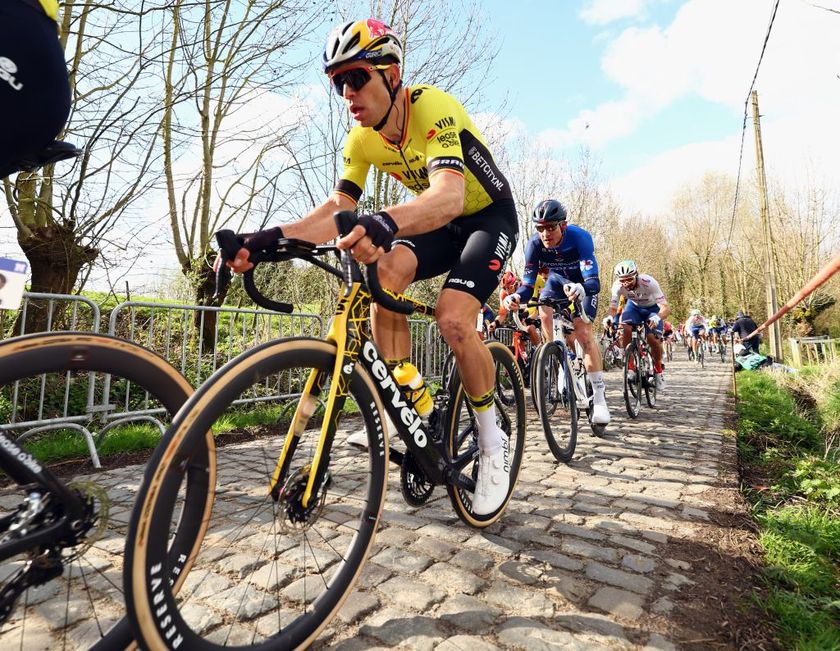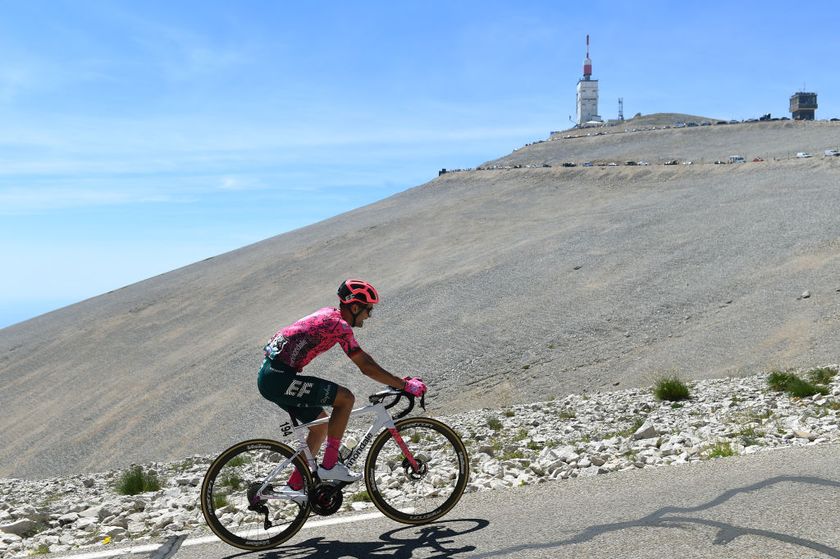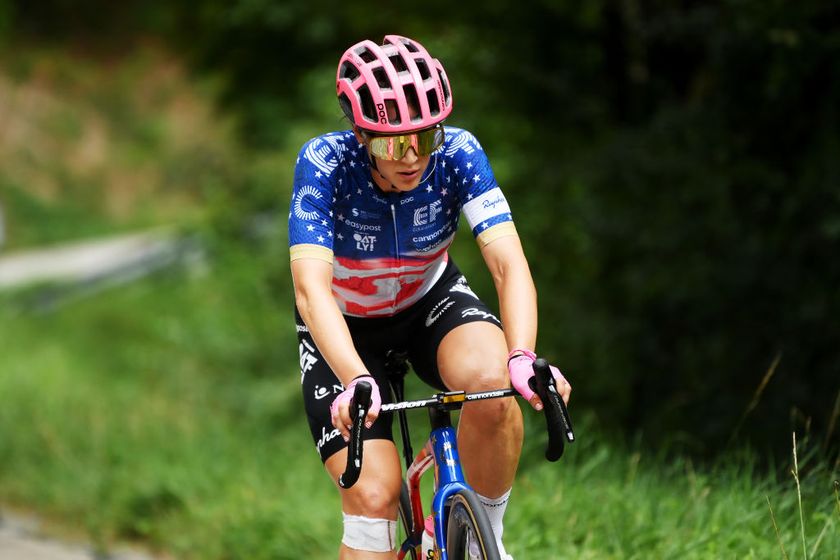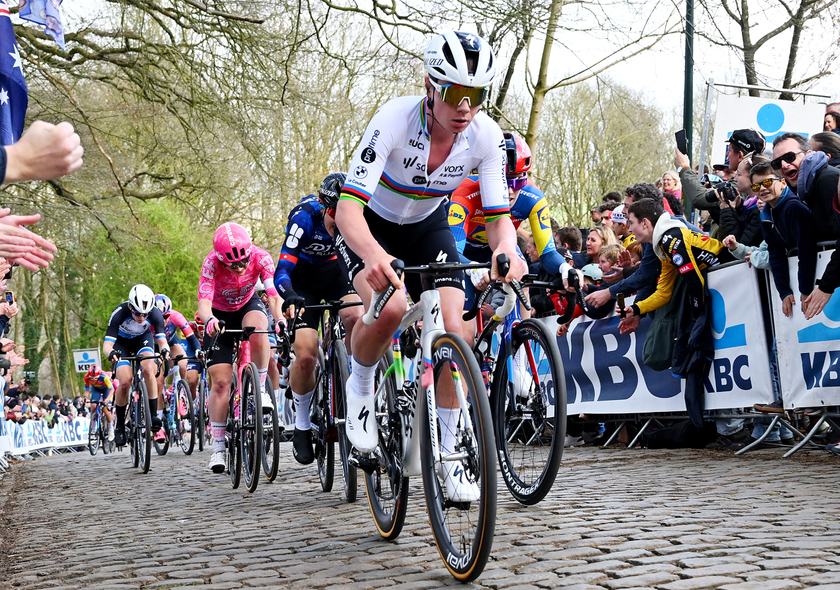Preview: Will the climb to Oropa open up the Giro d'Italia?
Nibali concedes that the single climb to the finish suits Dumoulin





After the sprinter's two-stage intermezzo across Emilia Romagna, with Fernando Gaviria again taking on the role of lead tenor in Tortona, the fight for the maglia rosa returns to centre stage on Saturday with the climb to the Santuario di Oropa.
The stage is short at just 131km and crosses the flat rice fields of Piemonte before the 11.8km climb to the finish. It is not a big day in the mountains; it will be a crescendo ending. Like a much-expected firework, the race could explode like on the Blockhaus or like Mount Etna, it could turn out to be another dud.
In theory Nairo Quintana (Movistar), Vincenzo Nibali (Bahrain-Merida), Thibaut Pinot (FDJ), Bauke Mollema (Trek-Segafredo) and any other pretenders for the pink jersey need to light up the race and attack Tom Dumoulin (Team Sunweb). Dumoulin leads Quintana by 2:23, with Mollema third at 2:38, Pinot fourth at 2:40 and Nibali fifth at 2:47. They all probably need to gain a further two minutes on the Butterfly of Maastricht if they want to hold him off in the final stage time trial to Milan.
In reality, Oropa is unlikely to produce any major time gaps because it is simply not hard enough and is just one climb after a flat stage. Dumoulin is widely expected to wear the pink jersey until Monday's third rest day in Bergamo.
"I don't know what's going to happen. We'll see…." Nibali told Cyclingnews on Friday, perhaps bluffing but perhaps also resigned to the fact that the climb to Oropa plays into Dumoulin's large Dutch hands rather than suit his Italian climbing legs and liking for audacious attacks.
Nibali knows that the climb to Oropa is 11.8km long but that the opening five kilometres climbs at just 4.3%. An 8.5% middle section of one kilometre will hurt, but the remaining five kilometres include several steps to help recover from the 7.6% gradient. There are few hairpins to attack and lots of protection from any wind.
"I think it's a climb that suits riders like Dumoulin more than pure climbers. It's suited to riders who have a lot of pure power. I can remember when Marzio Bruseghin won the mountain time trial there in 2007," Nibali said.
Nibali is aware that the stages are ticking down day by day and that Dumoulin has a healthy lead he can sacrifice bit by bit in the hope of reaching Milan in pink.
Get The Leadout Newsletter
The latest race content, interviews, features, reviews and expert buying guides, direct to your inbox!
"For sure I know the stages are ticking down but what can I do? Dumoulin has an advantage on the rest of us, he's the one to watch for now," Nibali said.
Dumoulin showed a somewhat sarcastic thumbs up at the finish in Bagno di Romagna after his rivals failed to attack him with conviction. We should expect similar bravado and celebration if he finishes with his main overall rivals.
"I will be hard for the last thirty minutes and very hard for twenty minutes on the steep part of the climb to Oropa but that's normally what suits me very well," he said with growing confidence.
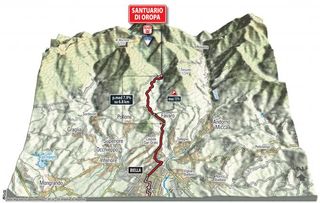
Coppi, Castellania, Oropa and Pantani
Saturday's 131km stage starts in Fausto Coppi's birthplace of Castellania and ends in Oropa – designated as the Montagna Pantani. It will be a day to remember two of Italian cycling's greatest riders and two of the most tragic stories of its long history.
Castellania is a tiny hillside village, where il Campionissimo was born, where he cycled back to as a delivery boy from down the valley in Novi Ligure, and where his body has rested since is early death from malaria on January 2, 1960.
The climb to the Oropa Sanctuary has hosted a finish of the Giro d'Italia five times. The legendary Abruzzo climber Vito Taccone won the first time in 1963 and Enrico Battaglin won the last time in 2014. In between Massimo Ghirotto won in 1993 and Marzio Bruseghin took out the mountain time trial stage in 2007.
Read more on this story
- Giro d'Italia: Will Dumoulin keep the climbers at bay? - Podcast
- Dumoulin: 'Rivals will attack me early and from all sides'
- Giro d'Italia: Nibali and Quintana can be allies of circumstance against Dumoulin
- Mollema: Final week of Giro d'Italia will be different
- Giro d'Italia: Pinot reassured after cameo in the Apennines
- Quintana loses Giro d'Italia lead in worse-than-expected time trial defeat
Oropa will also be linked to Marco Pantani and his win in 1999. A few days later a UCI haematic test would mark the start of his tragic demise and eventual death from a cocaine and medicine overdose but on the stage to Oropa he was the heroic pure climber that had won the Giro-Tour double in 1998 and called himself 'il Pirata'.
Pantani had already won several mountain stages at the Giro before 1999 but his victory in the maglia Rosa at Oropa is one of his most memorable because it was also a remarkable and now somewhat incredible comeback.
As the peloton drove at speed to the bottom of the climb in Biella, Pantani lost his chain and had to stop to put it back on. The peloton did not wait for him and so he was forced to make an all-out chase to try to save the pink jersey and his pride.
Just chasing back to the leaders would have been impressive but Pantani wanted even more and eventually surged past last attacker Laurent Jalabert and won the stage alone, all in the pink jersey with most of Italy watching live on television.
The Italian tifosi are hoping to see Nibali do something similar but will likely be disappointed. The stages for Nibali's real attacks will come later in the Giro d'Italia: on stage 16 over the Stelvio, and especially stage 18 to Ortisei, where the five climbs in the Dolomites offer real terrain for a full-on attack.
Oropa will only perhaps give a glimpse of what could happen in the final of this Giro d'Italia.
Subscribe to the Cyclingnews podcast.

Stephen is one of the most experienced member of the Cyclingnews team, having reported on professional cycling since 1994. He has been Head of News at Cyclingnews since 2022, before which he held the position of European editor since 2012 and previously worked for Reuters, Shift Active Media, and CyclingWeekly, among other publications.
